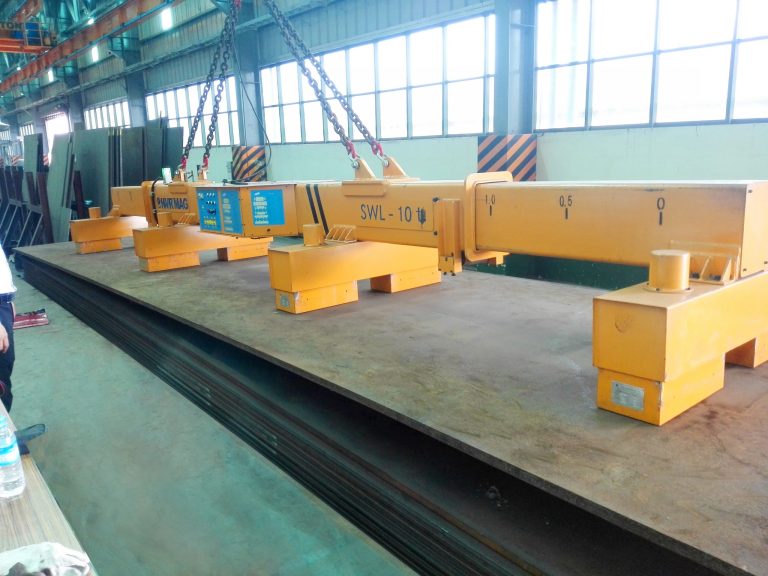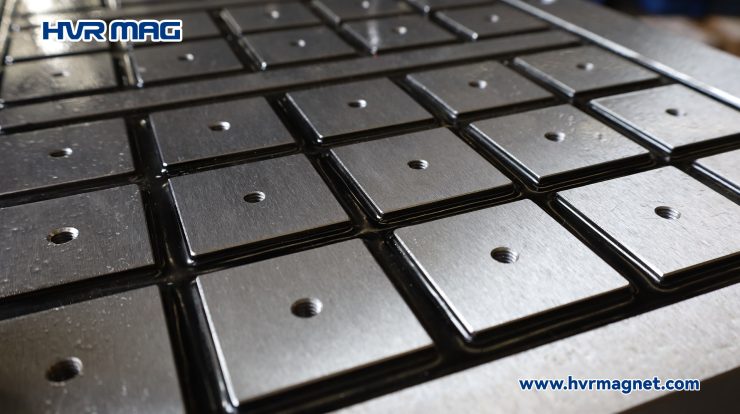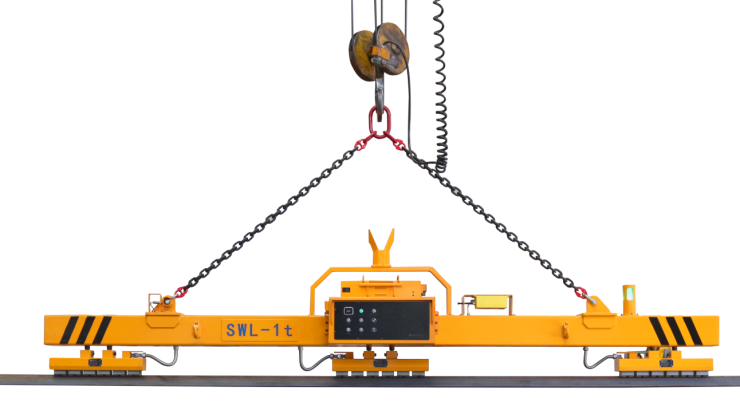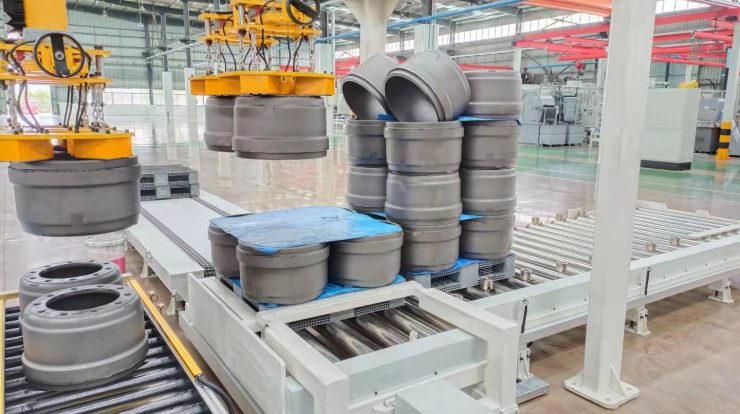vibration plate for excavators unleashed revolutionary technology
In the world of construction and excavation, innovative technologies continue to push the boundaries of efficiency and productivity. One such groundbreaking development is the vibration plate for excavators. This revolutionary device harnesses the power of vibrations to optimize excavation processes, significantly improving the speed and effectiveness of earthmoving operations. In this popular science copy, we will delve into the fascinating world of vibration plates, exploring their working principles, benefits, and the transformative impact they have on the construction industry.
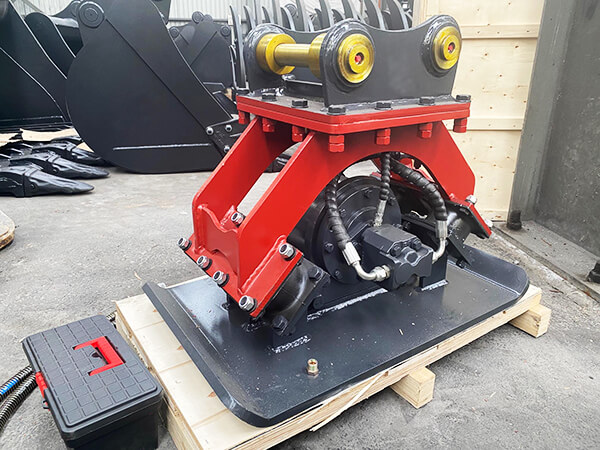
Unleashing the Power of Vibrations:
The vibration plate for excavators is an attachment that can be fitted onto excavators, transforming them into high-performance earthmovers. It consists of a sturdy steel plate with built-in vibration generators powered by the hydraulic system of the excavator. When activated, the plate oscillates rapidly, generating powerful vibrations that propagate through the ground.
Working in tandem with the excavator’s arm, the vibration plate enhances the efficiency of excavation in several ways. First and foremost, it reduces soil resistance by breaking up compacted layers, allowing the excavator bucket to penetrate the ground more easily. The vibrations also help to dislodge stubborn rocks and debris, making it easier to clear the excavation site. Additionally, the vibrations create a “fluidization” effect, reducing friction between the soil particles and enabling quicker and smoother material removal.
Benefits of Vibration Plate Technology:
The integration of vibration plates into excavators offers numerous benefits that have revolutionized excavation processes. One key advantage is the substantial increase in productivity. By reducing soil resistance and facilitating efficient material removal, excavation time is significantly reduced. This time-saving aspect translates into cost savings, as project deadlines can be met more efficiently, leading to increased profitability for construction companies.
Moreover, vibration plate for excavators have proven to be highly effective in challenging soil conditions. In areas with compacted soil or clay, traditional excavation methods often struggle to achieve desired results. The vibration plate, however, overcomes these challenges by loosening and breaking up the soil, even in the most demanding conditions. This versatility is a game-changer, allowing excavation projects to proceed smoothly regardless of the ground’s characteristics.
Furthermore, vibration plate for excavators contribute to enhanced safety on construction sites. The improved efficiency of excavation means workers spend less time in hazardous environments, reducing their exposure to potential risks. Additionally, the reduced resistance offered by the loosened soil minimizes the strain on the excavator’s components, leading to decreased wear and tear and a longer lifespan for the machinery.
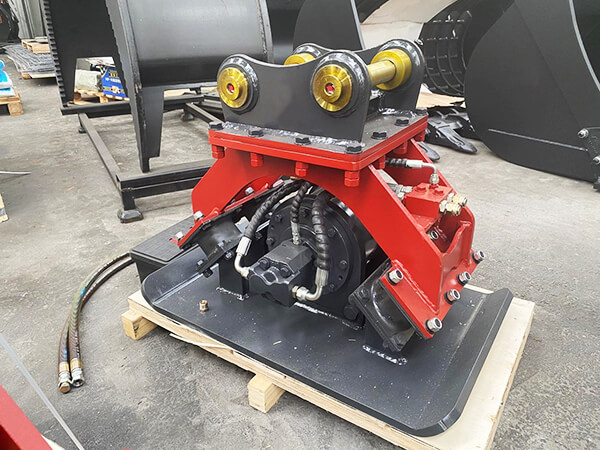
The Future of Excavation:
As the construction industry continues to embrace technological advancements, the vibration plate for excavators represents a significant leap forward. Excavation processes that used to be laborious and time-consuming are now completed more quickly and efficiently, with reduced costs and improved safety. The future holds even greater promise, with ongoing research and development focusing on refining vibration plate technology.
Researchers are exploring advanced algorithms to optimize vibration patterns, ensuring maximum effectiveness for different soil types. Additionally, efforts are being made to minimize the environmental impact of excavation by reducing noise and vibrations transmitted to surrounding areas.
Conclusion:
The vibration plate for excavators has emerged as a groundbreaking tool in the construction industry, propelling excavation processes to new heights of efficiency and productivity. With its ability to break through compacted soil, clear debris, and reduce friction, this innovative attachment has revolutionized the way excavation is performed. With enhanced productivity, improved safety, and cost savings, vibration plate technology represents a bright future for the construction industry, as it continues to shape the way we build and transform our world.
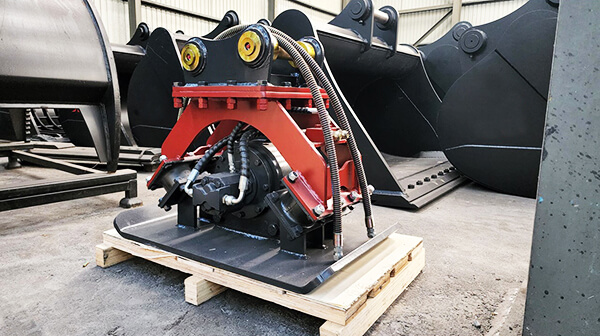
Expanding Possibilities:
The application of vibration plate for excavators is not limited to traditional excavation tasks. Their versatility opens up new possibilities in various construction projects. For instance, in road construction, vibration plates can be used to compact soil layers, ensuring a solid foundation for asphalt or concrete. The oscillations effectively reduce air voids and increase the density of the soil, resulting in improved stability and longevity of the road surface.
In the field of pipeline installation, vibration plate for excavators play a crucial role in trenching and backfilling. By vibrating the soil around the trench, the plates enable easier installation of pipes and utility lines, minimizing the risk of damage. The compacted soil also provides better support and stability to the buried infrastructure, reducing the likelihood of future collapses or leaks.
Vibration plates are also finding their way into environmental applications. In soil remediation projects, where contaminated soil needs to be excavated and replaced, the plates aid in the efficient removal of the affected material. The vibrations help to break up and disperse the contaminants, facilitating their extraction and subsequent disposal or treatment.
Looking Ahead:
As technology continues to advance, vibration plate technology will undoubtedly witness further refinements and enhancements. Researchers and engineers are constantly striving to optimize performance, reduce energy consumption, and improve the durability of these attachments. Developments in material science and engineering will contribute to the creation of lighter, yet robust, vibration plates, enabling excavators to handle larger loads while maintaining high levels of efficiency.
Furthermore, advancements in automation and remote operation technology will likely play a significant role in the future of vibration plate for excavators. The integration of artificial intelligence and machine learning algorithms can enhance the excavator’s ability to adapt to different soil conditions and automatically adjust the vibration patterns for optimal results. This level of automation not only improves productivity but also reduces the reliance on human operators, potentially reducing labor costs and enhancing safety.
Conclusion:
The vibration plate for excavators represents a groundbreaking innovation in the construction industry, offering increased efficiency, improved safety, and cost savings. With its versatile applications and ability to overcome challenging soil conditions, it has become an indispensable tool for excavation projects of all scales. As technology continues to advance, vibration plate technology will evolve further, unlocking new possibilities and transforming the way construction and excavation are conducted. Excavators equipped with vibration plates are paving the way for a future where construction processes are faster, safer, and more sustainable, shaping a world where infrastructure is built with unprecedented precision and efficiency.

